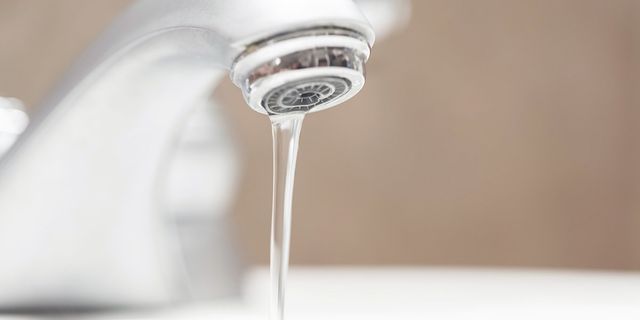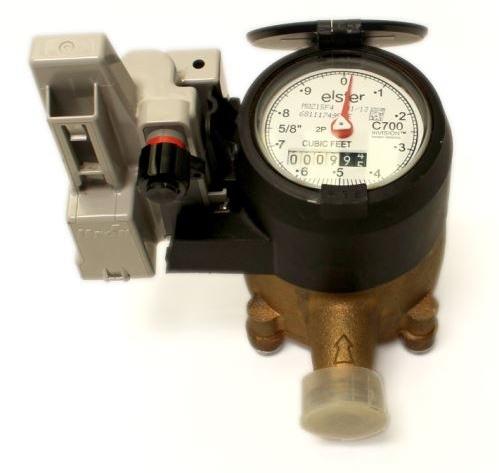Useful Methods for Overcoming Low Water Pressure in Your Home
Useful Methods for Overcoming Low Water Pressure in Your Home
Blog Article
What are your opinions about 4 Ways to Troubleshoot Low Water Pressure?

Low tide stress in your home can be a frustrating trouble, influencing every little thing from showering to cleaning recipes. If you're experiencing weak water circulation, there are a number of feasible causes and options to explore. In this guide, we'll go over common reasons for low water pressure and useful steps to deal with the issue effectively.
Intro to Low Tide Pressure
Low tide pressure takes place when the circulation of water from your taps, showers, and other fixtures is weak than typical. This can make daily jobs extra tough and much less reliable. Understanding the sources of low tide pressure is vital to discovering the ideal remedy.
Common Reasons For Low Water Pressure
Pipeline Obstructions
Gradually, pipes can end up being blocked with mineral deposits, debris, or particles, limiting the circulation of water. This is a common issue in older homes with galvanized steel pipelines.
Rust
Deterioration within pipelines can lead to leaks and decreased water pressure. Rust accumulation can tighten water flow, especially in aging plumbing systems.
Faulty Stress Regulatory Authorities
Pressure regulatory authorities are responsible for keeping constant water pressure in your home. If they malfunction, it can result in low water stress or uneven flow throughout the house.
Metropolitan Water Supply Issues
Sometimes, the trouble exists outside your home. Metropolitan water supply concerns, such as main line leakages or maintenance work, can briefly minimize water stress in your area.
Just How to Diagnose Low Tide Stress
Examining Taps and Components
Start by evaluating the water pressure at different taps and components throughout your home. If the problem is separated to certain areas, it may indicate local problems.
Evaluating Pipes
Examine noticeable pipelines for signs of leakages, rust, or obstructions. Focus on any kind of unusual sounds, such as banging or rattling pipes, which can suggest issues within the plumbing system.
Consulting with a Plumber
If you're not able to pinpoint the root cause of low water pressure, consider employing a professional plumber to conduct a complete inspection. They can determine underlying concerns and suggest appropriate services.
Do It Yourself Solutions to Deal With Low Water Stress
Cleansing Aerators and Showerheads
Mineral deposits can collect in aerators and showerheads, minimizing water circulation. Eliminate and clean up these parts frequently to improve water stress.
Flushing Hot Water Heater
Debris build-up in the water heater can limit circulation and reduce performance. Flushing the container regularly aids get rid of debris and keep optimum efficiency.
Checking Pressure Regulator
Ensure that the pressure regulator is operating appropriately. Changing or replacing the regulator can aid recover correct water pressure throughout your home.
Cleaning Clogs in Piping
For minor blockages, try utilizing a plumbing serpent or chemical drain cleaner to clear obstructions in pipelines. Beware when utilizing chemicals and comply with safety standards.
When to Call an Expert Plumber
If do it yourself efforts fall short to fix the issue or if you believe substantial plumbing issues, it's ideal to look for aid from a licensed plumber. They have the experience and devices to resolve intricate concerns securely and effectively.
Safety Nets to Maintain Water Stress
Regular Upkeep
Schedule routine maintenance for your plumbing system to prevent issues such as corrosion, leakages, and obstructions. Resolving small problems early can help stay clear of more significant repairs later on.
Mounting a Pressure Booster
Take into consideration mounting a stress booster pump to enhance water pressure in areas with continually low flow. This can be particularly useful for multi-story homes or homes with high-demand components.
Monitoring Water Use
Bear in mind water usage routines and avoid overtaxing the plumbing system. Easy modifications, such as astonishing showers and washing loads, can aid preserve sufficient water pressure.
Conclusion
Dealing with low water pressure can be frustrating, yet identifying the underlying causes and applying proper remedies can recover optimal circulation throughout your home. Whether it's cleansing aerators, inspecting pipelines, or speaking with a plumber, taking positive actions can guarantee a steady supply of water for your everyday requirements.
FOUR WAYS TO FIX LOW WATER PRESSURE NOW
Turning on a shower or faucet only to find the water comes out in a sad, slow drizzle is never a good feeling. How exactly are you supposed to wash a pan or take a quick shower when it takes 10 minutes just to rinse off a little soap? The good news is that when your water pressure is bad, there's always a cause: typically one that can be easily fixed. Here are some of the most common causes of low pressure and what you can do to fix the issue:
DEBRIS AND MINERAL DEPOSIT BUILDUPS
If you notice low water pressure from just one or two of the fixtures in your house, the problem likely has to do with debris buildup. Water is full of minerals and other debris, all of which can accumulate in your pipes and on your fixtures. This can cause a blockage that affects how much water flows through. To fix this, try filling a small plastic bag with white vinegar, and use a rubber band to hang it around your showerhead or faucet. Let the head of the fixture soak for a few hours, and the vinegar should loosen the deposits.
WATER LEAKS
Leaks are another common cause of low water pressure. If water is flowing out of your plumbing through a hole or crack before it can reach your fixture, the pressure coming out of the faucet or showerhead will be lower. A plumbing professional is your best bet for finding and repairing a leak in your water supply pipes.
Leaks are another common cause of low water pressure. If water is flowing out of your plumbing through a hole or crack before it can reach your fixture, the pressure coming out of the faucet or showerhead will be lower. A plumbing professional is your best bet for finding and repairing a leak in your water supply pipes.
FOUR WAYS TO FIX LOW WATER PRESSURE NOW
Turning on a shower or faucet only to find the water comes out in a sad, slow drizzle is never a good feeling. How exactly are you supposed to wash a pan or take a quick shower when it takes 10 minutes just to rinse off a little soap? The good news is that when your water pressure is bad, there's always a cause: typically one that can be easily fixed. Here are some of the most common causes of low pressure and what you can do to fix the issue:
DEBRIS AND MINERAL DEPOSIT BUILDUPS
If you notice low water pressure from just one or two of the fixtures in your house, the problem likely has to do with debris buildup. Water is full of minerals and other debris, all of which can accumulate in your pipes and on your fixtures. This can cause a blockage that affects how much water flows through. To fix this, try filling a small plastic bag with white vinegar, and use a rubber band to hang it around your showerhead or faucet. Let the head of the fixture soak for a few hours, and the vinegar should loosen the deposits.
WATER LEAKS
Leaks are another common cause of low water pressure. If water is flowing out of your plumbing through a hole or crack before it can reach your fixture, the pressure coming out of the faucet or showerhead will be lower. A plumbing professional is your best bet for finding and repairing a leak in your water supply pipes.
Leaks are another common cause of low water pressure. If water is flowing out of your plumbing through a hole or crack before it can reach your fixture, the pressure coming out of the faucet or showerhead will be lower. A plumbing professional is your best bet for finding and repairing a leak in your water supply pipes.
A VALVE ISSUE
If you have low water pressure throughout your home, check your main shut-off valve to make sure it's completely open. You may also want to see if there's a pressure-reducing valve installed. If there is, have a plumber help you adjust the settings to get the pressure you're looking for.
OTHERS USING WATER
Believe it or not, your low water pressure could be caused by your neighbors. If you notice low pressure at certain times of day, it may be because you and the people living next to you have similar schedules - when everyone is showering at the same time, the pressure will be lower in every home. Low pressure throughout the neighborhood may also be caused by an issue with your municipal water supply. If that's the case, call the supplier to see if they're working on the issue.
https://www.rotorooter.com/blog/water-leaking/low-water-pressure-fixes/

As a serious reader about 9 Reasons for Low Water Pressure in Your House, I thought sharing that piece of content was sensible. So long as you appreciated our article kindly make sure you remember to pass it around. I love reading our article about Dealing with Low Water Pressure in Your Home.
Schedule And Pricing Report this page